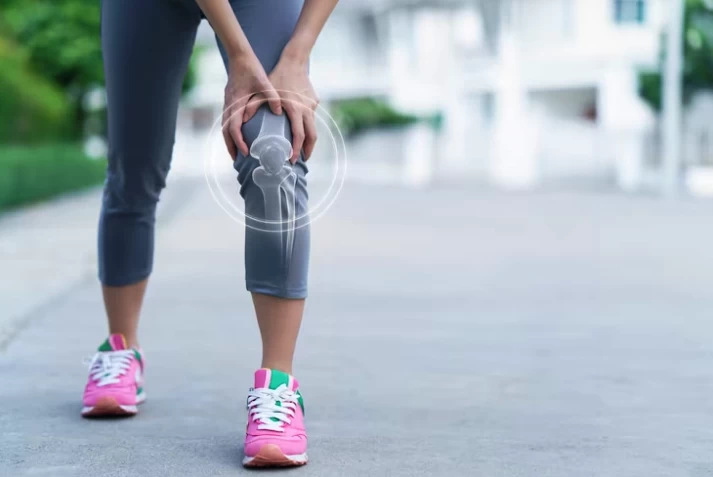
You Don't Have to Live with Joint Pain
- You Don't Have to Live with Joint Pain
- Joint Pain and Its Impact on Life
- The Importance of Physical Therapy and Rehabilitation
- PRP (Platelet Rich Plasma) Therapy
- Prolotherapy (Proliferation Therapy)
- Sanakin Treatment
- Glutathione Therapy
- High-Dose Vitamin C Treatment
- In Conclusion
Joint pain is a discomforting condition that negatively affects the quality of life for many individuals. However, in today's world, various treatment methods in the field of physical therapy and rehabilitation offer effective approaches to reduce and even eliminate joint pain. In this article, we will delve deeply into alleviating joint pain and improving the quality of life by discussing applications such as PRP (Platelet Rich Plasma), Prolotherapy, and Synvisc, as well as supplements like Glutathione and High-Dose Vitamin C.
Joint Pain and Its Impact on Life
Joint pain can occur in different parts of the body and make life quite challenging. These pains can arise due to various factors such as aging, trauma, repetitive movements, overuse, or degenerative diseases. Joint pain limits daily activities, reduces work efficiency, and has an adverse impact on a person's overall quality of life. However, before giving in to despair, let's take a look at treatment options that can alleviate these pains and make life more enjoyable.
The Importance of Physical Therapy and Rehabilitation
In managing joint pain, physical therapy and rehabilitation experts are the medical professionals who offer the most common and effective approaches. These specialists focus on understanding the source of the pain, increasing the range of motion, enhancing muscle strength, and reducing pain. Physical therapists create personalized treatment plans to alleviate joint pain. These plans are tailored to a person's age, the severity of pain, the cause of pain, and body structure.

PRP (Platelet Rich Plasma) Therapy
PRP is a regenerative medicine method used to treat joint pain. In this method, a sample of the patient's own blood is taken and enriched through a special process before being injected back into the damaged joint area. PRP contains a high concentration of growth factors and platelets, which can expedite the healing process and reduce joint pain. PRP therapy can be effective in common joint problems such as knee pain, shoulder pain, and hip pain.
Prolotherapy (Proliferation Therapy)
Prolotherapy is another regenerative medicine method used to treat joint pain. In this method, a series of injections is administered to the damaged joint area. These injections can stimulate the body's natural healing mechanisms and promote the repair of ligaments, tendons, and connective tissues. Prolotherapy can be particularly beneficial for those with chronic joint pain.
Sanakin Treatment
Sanakin is an application used to alleviate joint pain. It is injected into the joint and improves the quality of the synovial fluid that covers the joint surface, reducing friction and alleviating pain. Sanakin is highly effective, especially in the treatment of degenerative joint diseases like osteoarthritis.
Glutathione Therapy
Glutathione is a natural antioxidant found in our bodies that helps prevent cellular damage. It also supports the immune system, detoxifies toxins, and reduces oxidative stress. In recent years, research has been conducted on the potential benefits of glutathione for chronic health problems like joint pain, thanks to its anti-inflammatory properties, and positive results have been demonstrated.
High-Dose Vitamin C Treatment
Vitamin C, a powerful antioxidant, can play a significant role in joint health. Joint pain is often associated with inflammation and oxidative stress, so vitamin C supplementation can alleviate and prevent these pains. The anti-inflammatory and antioxidant effects of vitamin C help repair cartilage and preserve joint health.
In Conclusion
You don't have to live with joint pain. We, as physical therapy and rehabilitation experts, can reduce joint pain and improve the quality of life using modern treatment options like PRP, Prolotherapy, and Synvisc, along with supplements like Glutathione and Vitamin C.






